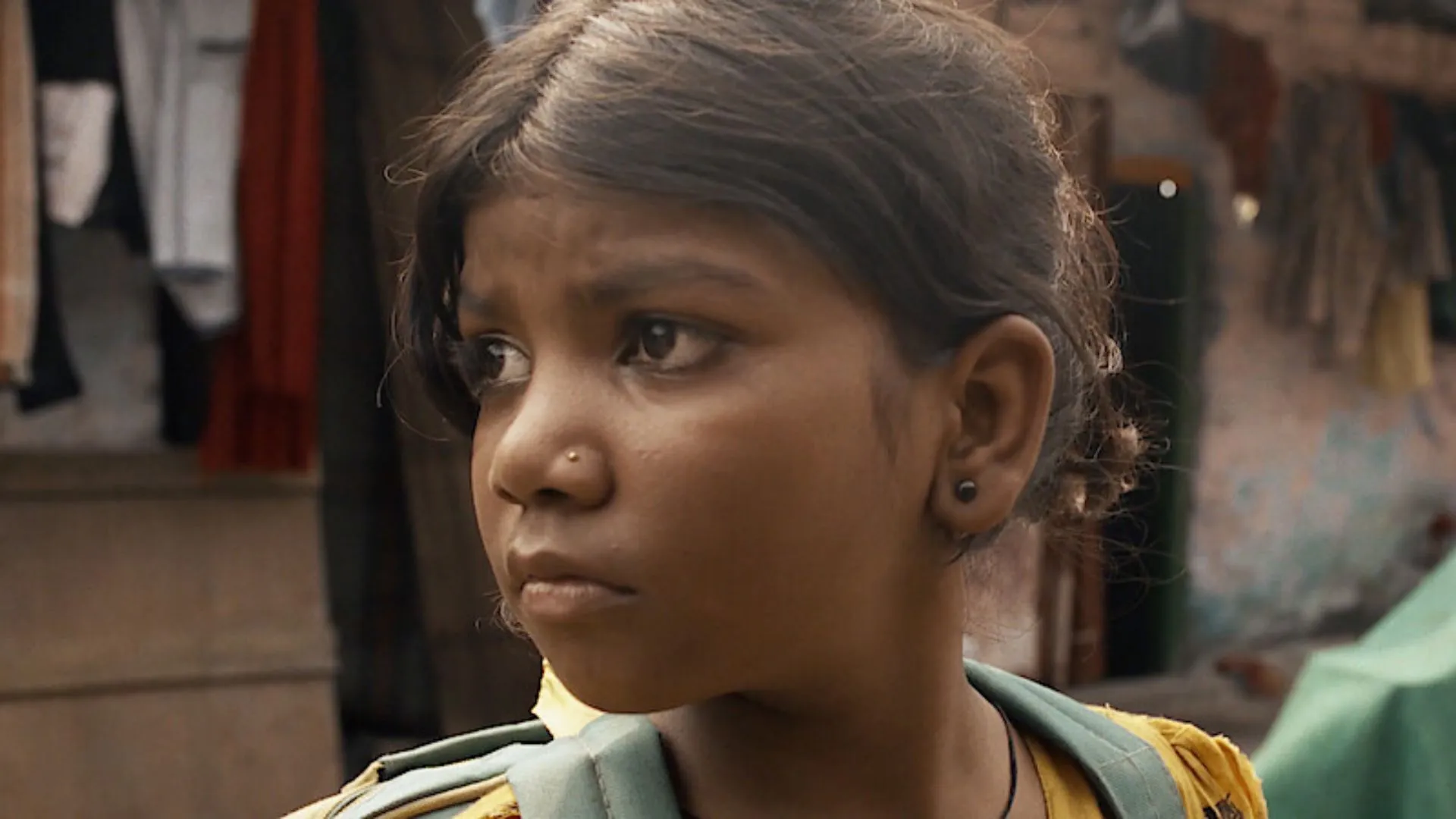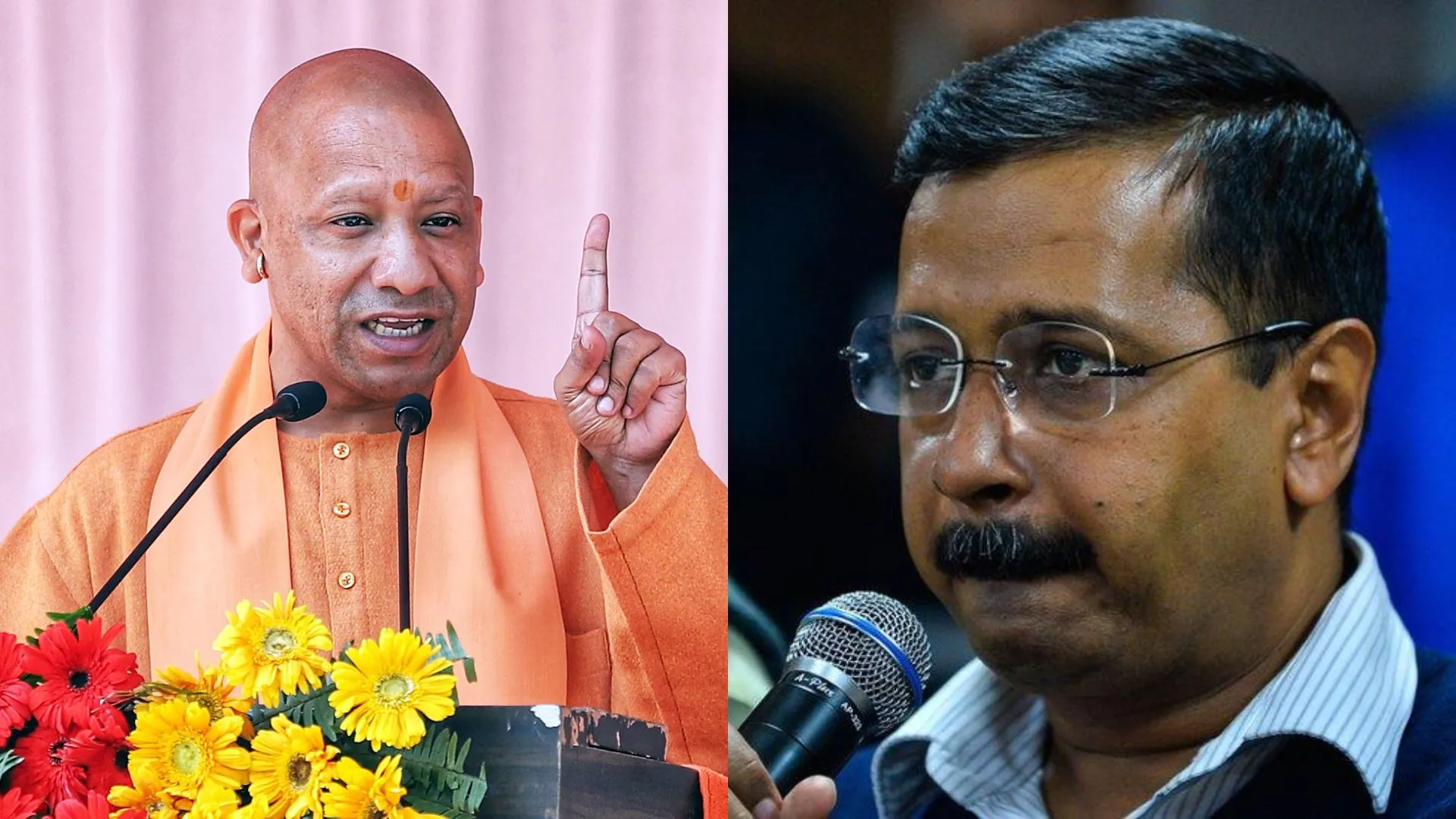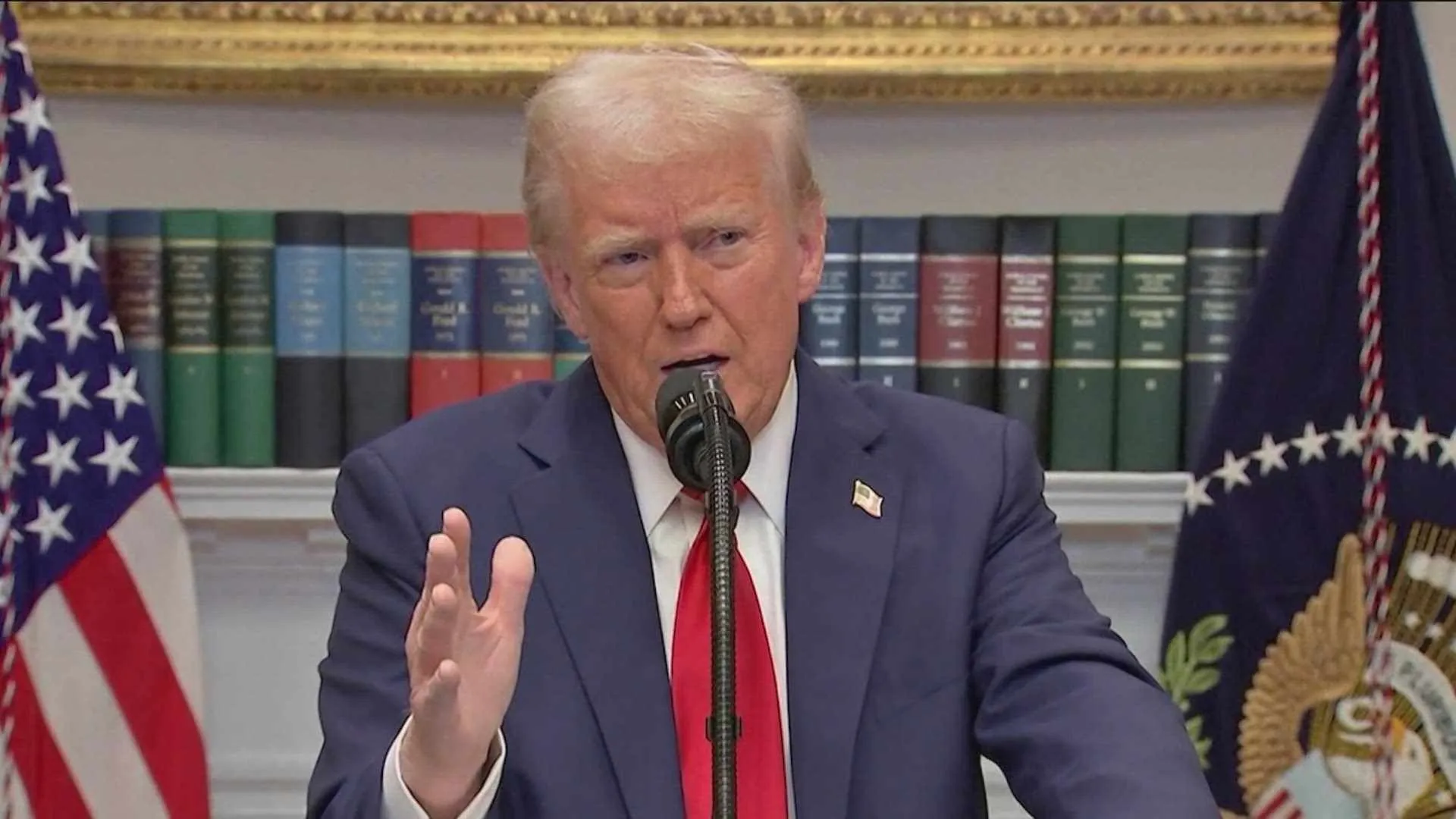Balances between prudence and populism Fiscal deficit projected at 5.1% Capex outlay pegged at Rs 11,11,111 crore.
In an interim Budget which walks the tightrope between prudence and populism and manages to straddle the shores of reforms and economic management, Finance Minister Nirmala Sitharaman set an ambitious agenda to leverage governance, development and perfomance (GDP) as a new paradigm to steer the vision for ‘Viksit Bharat’ in harmony with nature, with modern infrastructure and providing opportunities for all citizens and all regions to reach their potential”.
The strategy laid out in the Interim Budget is to build on a strong economic foundation highlighted by the Government’s projected real GDP growth of 7.3 per cent in financial year 2023-24 and global opinion. A robust growth in Q2 of FY2023-24 of the Indian economy marked by resilience and healthy macro-economic fundamentals, despite global economic challenges has prompted the RBI on an upward revision in growth projections for FY2023-24 from 6.5 per cent to 7 per cent.
The International Monetary Fund in its World Economic Outlook (WEO), October 2023, has revised its growth projection for India for FY2023-24 upwards to 6.3 per cent from 6.1 per cent projected in July 2023, reflecting increasing global confidence in India’s economic prowess at a time when global growth projection for 2023 remains unchanged at 3 per cent.
“Geopolitically, global affairs are becoming more complex and challenging with wars and conflicts. Globalization is being redefined with reshoring and friend-shoring, disruption and fragmentation of supply chains, and competition for critical minerals and technologies. A new world order is emerging after the Covid pandemic,” said Sitharaman as she presented her 6th Budget.
Recalling that India assumed G20 Presidency during very difficult times for the world marked by high inflation, high interest rates, low growth, very high public debt, low trade growth, and climate challenges, Sitharaman aseerted that India successfully navigated its way and showed the way forward and built consensus on solutions for those global problems.
The Amritkal strategy, guided by the principle ‘reform, perform, and transform’, will see the Government take up next generation reforms, and build consensus with the states and stakeholders for effective implementation.
Underlining the strong growth momentum and formalization in the economy, the estimated revenue receipts for FY 2024-25, at Rs 30.03 lakh crore are expected to be higher than the Budget estimate. The Budget Estimates 2024-25 of total receipts other than borrowings and the total expenditure stand at Rs.30.80 and Rs.47.66 lakh crore respectively. Tax receipts are estimated at Rs.26.02 lakh crore. The scheme of fifty-year interest free loan for capital expenditure to states will be continued this year with total outlay of Rs.1.3 lakh crore.
According to the Finance Minister, strong growth in economic activity has imparted buoyancy to revenue collections with tax base of GST having more than doubled and average monthly gross GST collection having almost doubled to Rs 1.66 lakh crore this year. The GST collection at ₹1.65 lakh crore in December 2023 is the seventh-time that gross GST revenues have crossed ₹1.6 lakh crore benchmark.
Adhering to that path of fiscal consolidation, as announced in her Budget speech for 2021-22, to reduce fiscal deficit below 4.5 per cent by 2025-26, the Government estimates fiscal deficit in 2024-25 to be 5.1 per cent of GDP. Similarly, the gross and net market borrowings through dated securities during 2024-25 are estimated at Rs 14.13 and 11.75 lakh crore respectively and both will be less than that in 2023- 24.
These robust have emboldened the Government to raise capital expenditure outlay for the next year by 11.1 per cent to Rs 11,11,111 crore, which would be 3.4 per cent of the GDP. This is in the wake of building on the massive tripling of the capital expenditure outlay in the past 4 years resulting in huge multiplier impact on economic growth and employment creation. The total expenditure in (Budget Estimate) 2024-25 is estimated at `Rs 47,65,768 crore. Budget 2024-25 reflects continuing strong commitment of the Government to boost economic growth by investing in infrastructure development leading to an increase in capex by 16.9 per cent over (Revised Estimate) 2023-24.
In sync with the capex increase and in a major announcement reflecting the spirit of cooperative federalism, the scheme of 50-year interest free loan for capital expenditure to states will be continued this year with total outlay of Rs 1.3 lakh crore. A provision of Rs 75000 crore as 50-year interest free loan is proposed this year to support the milestone-linked reforms of Viksit Bharat by the state governments.
The elevated capex expenditure is significant in the context of the Government’s ambitious plans to develop infrastructure and the Interim Budget indicating directions and a development approach for making India Viksit Bharat by 2047. One of the key aspects of this approach is a new scheme to be launched for strengthening deep-tech technologies for defence purposes and expediting ‘atmanirbharta’. To strengthen Railways, three major economic railway corridor programmes identified under the PM Gati Shakti to be implemented to improve logistics efficiency and reduce cost. These are energy, mineral and cement corridors, port connectivity corridors, and high traffic density corridors. Where the common man wins is that 40,000 normal rail bogies will be converted to the Vande Bharat standards to enhance safety, convenience and comfort of passengers.
In a boost to aviation, Indian carriers have placed orders for over 1000 new aircrafts, the number of airports in the country have doubled to 149 and 517 new routes are carrying 1.3 crore passengers. Injecting a momentum to green energy, coal gasification and liquefaction capacity of 100 MT to be set up by 2030 and a phased mandatory blending of compressed biogas (CBG) in compressed natural gas (CNG) for transport and piped natural gas (PNG) for domestic purposes will be mandated.
The second important aspect of the Viksit Bharat strategy is focus on four major castes — ‘Garib’ (poor), ‘Mahilayen’ (women), ‘Yuva’ (youth) and ‘Annadata’(farmer) in continuity with the Government’s humane and inclusive approach to development.
Going forward, a slew of announcements by Sitharaman, the PM Awas Yojana (grameen) — close to achieving the target of three crore houses — will see two crore more houses being taken up in the next five years to meet the requirement arising from increase in the number of families. Similarly, through rooftop solarization, one crore households will be enabled to obtain up to 300 units free electricity every month. Each household is expected to save Rs.15000 to Rs.18000 annually. Healthcare cover under Ayushman Bharat scheme will be extended to all ASHA workers, anganwadi workers and helpers.
The Government has already assisted 25 crore people out of multi-dimensional poverty in last 10 years, with interventions like direct benefit transfer of Rs 34 lakh crore using PM-Jan Dhan accounts which has led to savings of Rs. 2.7 lakh crore for the Government. Besides, as the Interim Budget highlights, the Pradhan Mantri Kisan Sampada Yojana has benefitted 38 lakh farmers and generated 10 lakh employment and the Pradhan Mantri Formalisation of Micro Food Processing Enterprises Yojana has assisted 2.4 lakh SHGs and 60,000 individuals with credit linkages.
For India’s tech savvy youth, the Interim Budget has promised ‘a golden era’, through a boost to research and innovation for catalyzing growth, employment and development with a corpus of Rs 1 lakh crore to be established with 50-year interest free loan. The corpus will provide long-term financing or refinancing with long tenors and low or nil interest rates. This will also encourage the private sector to scale up research and innovation significantly in sunrise domains.
The Budget recognises the critical value of foreign capital in boosting growth. Already, the FDI inflow during 2014-23 was USD 596 billion is twice the inflow during 2005-14. Thus certain tax benefits to start-ups and investments made by sovereign wealth or pension funds as also tax exemptions on certain income of some IFC units have been extended by one year up to 31 March, 2025.
Though no change relating to tax slabs has been proposed in the Interim Budget, the Government, will improve tax payer services in line with the vision to improve ease of living and ease of doing business. There are a large number of petty, non-verified, non-reconciled or disputed direct tax demands, many of them dating as far back as the year 1962, which continue to remain on the books, causing anxiety to honest tax payers and hindering refunds of subsequent years. The Interim Budget proposes to withdraw such outstanding direct tax demands up to Rs. 25000 pertaining to the period up to financial year 2009-10 and up to Rs. 10,000 for financial years 2010-11 to 2014-15.
This is expected to benefit about a crore tax payers who, alongwith a larger mass of other tax payers in the country, who have been positively impacted from reduction and rationalisation of tax rates. Due to this, under the new tax regime there is no tax liability for tax payers with income up to Rs 7 lakh, filing of tax returns has been made simpler and easier and average processing time of returns has been reduced from 93 days in the year 2013-14 to a mere 10 days this year, thereby making refunds faster.
Sitharaman also announced that the Government will form a high-powered committee for an extensive consideration of the challenges arising from fast population growth and demographic changes and the committee will be mandated to make recommendations for addressing these challenges comprehensively in relation to the goal of ‘Viksit Bharat’. Importantly, the Government will also come out with a white paper, on ‘where we were then till 2014 and where we are now’. This is in line with the enormous responsibility that came in 2014 to mend the economy step by step and to put the Governance systems in order which Sitharaman emphasised was done by the Government successfully following its strong belief of ‘nation-first’.























